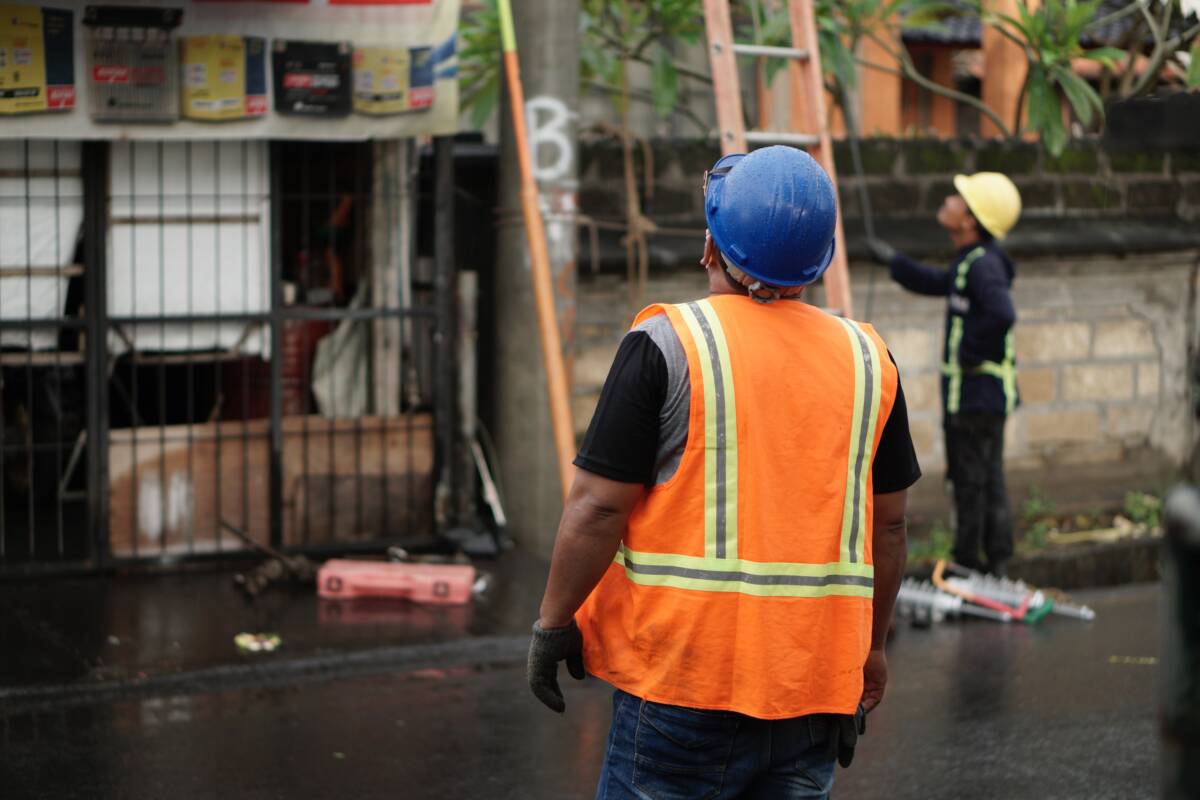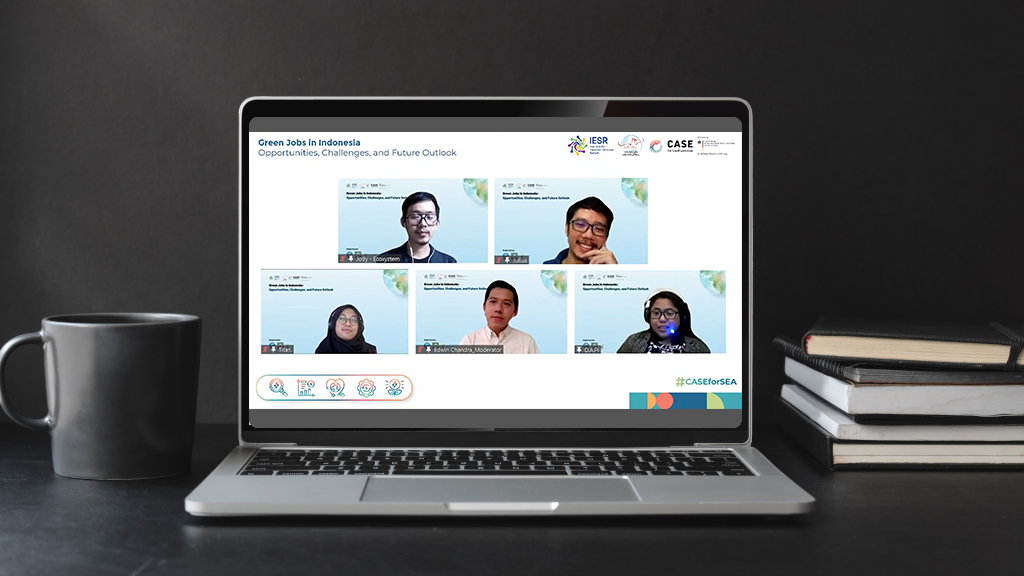Analis Energi IESR, Muhammad Dhifan Nabighdazweda
Jakarta, June 20, 2024 - The industrial sectors contribute significantly to Indonesia's carbon emissions. Based on data in the Indonesia Energy Transition Outlook (IETO) 2024, 2022 industrial sector emissions rose 30 percent compared to 2021, reaching more than 400 million tons of carbon dioxide equivalent. Implementation of the five pillars…





